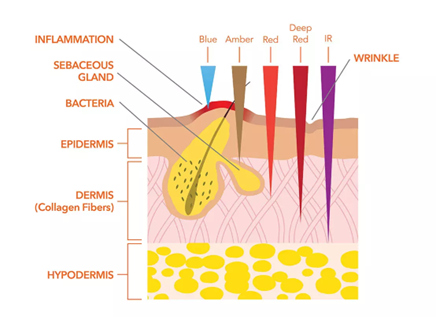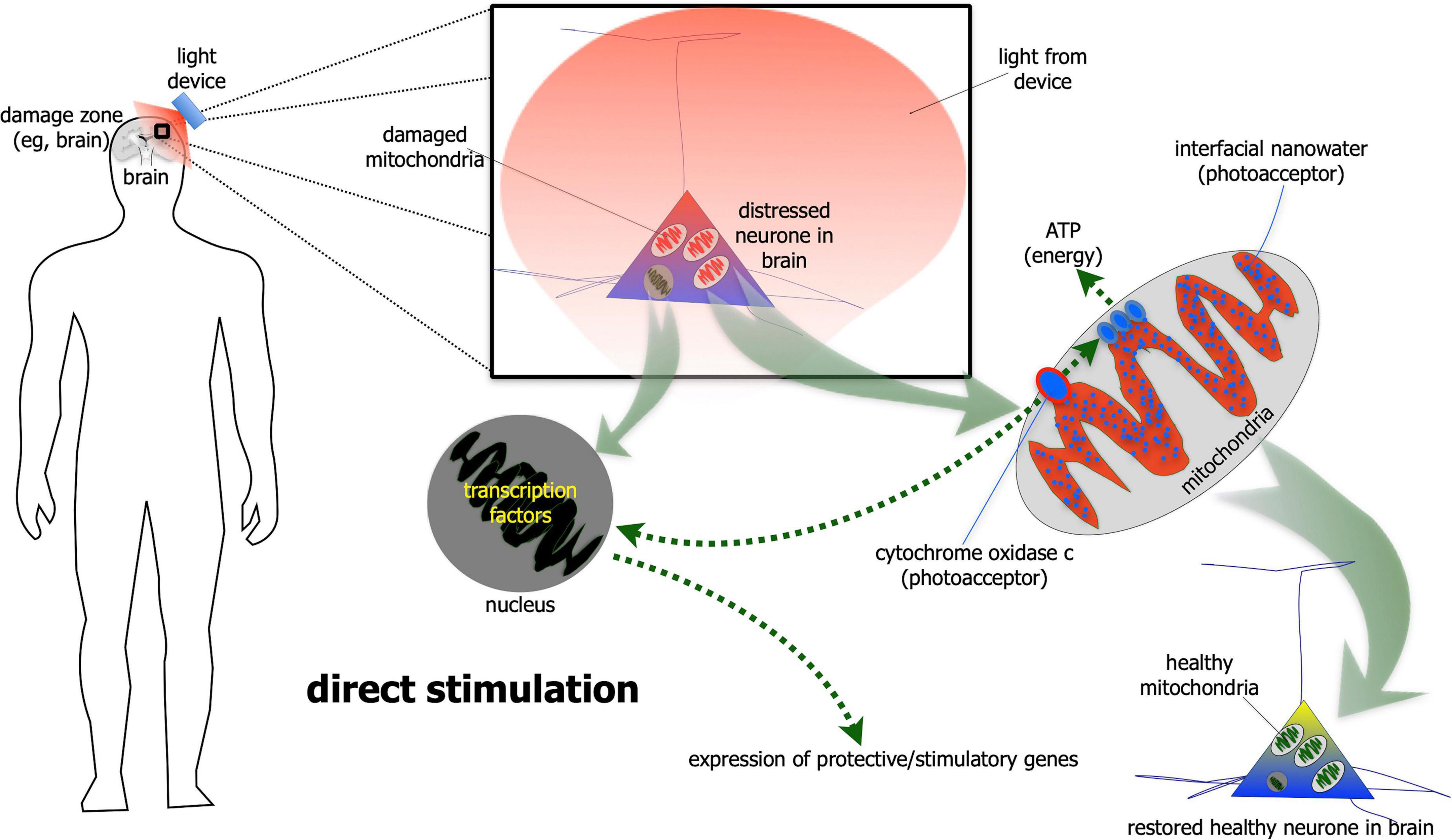The Ultimate Guide To Photobiomodulation
Wiki Article
Photobiomodulation Things To Know Before You Get This
Table of ContentsWhat Does Photobiomodulation Mean?The Facts About Photobiomodulation RevealedPhotobiomodulation Can Be Fun For AnyonePhotobiomodulation Things To Know Before You Get This
Laser therapy is a clinical treatment that utilizes focused light to promote a procedure called. Throughout PBM, photons enter the tissue and communicate with the cytochrome c complex within mitochondria. This interaction causes a biological cascade of events that results in a boost in cellular metabolic process, which can in addition to speed up the healing process.There is agreement that the application of a healing dosage of light to damaged or inefficient tissue brings about a cellular reaction moderated by mitochondrial devices. Photobiomodulation. Researches have actually revealed that these modifications can influence pain and inflammation, as well as, cells repair
Adjustments in ATP, responsive oxygen types and nitric oxide adhere to light absorption by Cc, O. These impacts are redox state and dosage reliant. In hypoxic or otherwise worried cells it has been revealed often times that following, nitric oxide is launched, ATP is increased and oxidative tension is reduced [27-31]

Facts About Photobiomodulation Uncovered
PBM devices have been cleared for marketing by FDA through the Premarket Notification/510( k) process as adjunctive devices for the short-lived relief of pain. These clearances were based upon the presentation of professional data to sustain such cases (Photobiomodulation). In this treatment, a light is placed near or in contact with the skin, allowing the light power (photons) to permeate cells where it communicates with chromophores found in cells leading to photophysical and photochemical modifications that cause alterations at the molecular, cellular and tissue degrees of the bodyRemarkably, recent research indicates that light can boost efficiency in normal cells and cells. The prospective applications of PBMT are numerous and are being explored experimentally at the standard science, pre-clinical and scientific degree. The present scientific usages are for the relief of pain and inflammation and the therapy of sporting activities injuries.

The therapy specifications and number of sessions required for PBMT are reliant upon location and cause. PBMT normally requires even more than one therapy for ideal discomfort alleviation.
A Biased View of Photobiomodulation
Treatment parameters for PBMT were originally developed making use of cells artificial insemination and in tiny pet designs. view it now These treatment parameters usually had find more information a reduced irradiance and fluence and functioned well for cutaneous applications. When clinicians began to utilize PBMT to deal with frameworks that were situated much deeper in the body, they utilized these criteria with unfavorable outcomes.
We now comprehend that these adverse researches were due to incorrect gadget and treatment parameters for transcutaneous treatment of deeper frameworks. Current developments in laser therapy devices and even more study right into the ideal dosages have actually drastically improved the results of PBMT. For dealing with deep cells, the wavelength of light used figures out the depth of penetration right into a tissue.
It is vital that a medical professional utilizes the ideal wavelength of light and parameters to treat a condition. One wavelength and one set of therapy specifications will certainly not be effective for all problems. Unfavorable side results have not been reported from the usage of PBMT (Photobiomodulation). Upgraded June 27, 2016Juanita j
Light treatment is a non-invasive treatment that functions by increasing the ability of the cell home to develop energy (ATP) to recover the location being dealt with. As a result, it can lower inflammation, swelling, and discomfort in the location. Research study in this field is expanding, with more thorough study papers connected below for those who would like to learn a lot more.
The Buzz on Photobiomodulation
In the first experiment, Dr. Endre Mester, utilized shaved rats and observing exactly how the laser affected their capacity to expand hair compared to the group that was not obtaining LLLT. He discovered that the team of computer mice getting LLLT were able to expand their hair back faster than the team of computer mice that didn't obtain LLLT (Hoon C, et al; 2012).This therapy is called this means to distinguish the difference between the lasers some professions use to reduce (eg. Low-level light therapy is pain-free, non-invasive treatment.
LLLT has a biphasic response, implying that reduced doses are usually seen to be a lot more helpful than higher dosages. That being said, doses greater or lower than the optimum dosage does not impact (Hoon C, et al; 2012). Therefore, it can be difficult to have research studies on LLLT with a lot of parameters.
Some business combined the two (LED and laser) to give an extra all-round treatment since lasers can permeate deeper than LED and infrared light (Norman Doidge, The Mind's Way of Recovery, 2015). During treatment, the area that is being dealt with is subjected to LED light from a Bio, Flex Laser, which is at 660 nm wavelength, adhered to by infrared light at 830-840 nm wavelength.
Report this wiki page